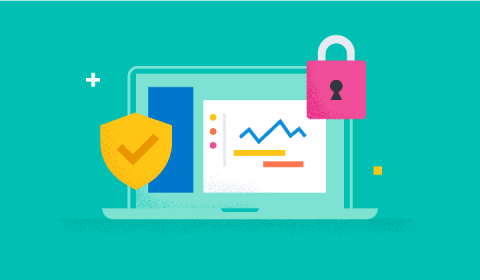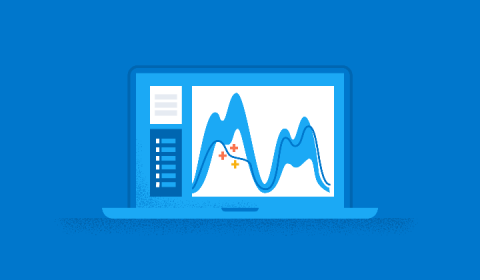Protect your Elasticsearch deployments against attacks like "meow bot" - for free
The issue of unsecured databases is growing. In 2019, 17 percent of all data breaches were caused by human error — twice as many as just a year before. And the IBM/Ponemon 2019 report found that the estimated probability of a company having repeated data breaches within two years grew by 31 percent between 2014 and 2019. Why is this happening?







